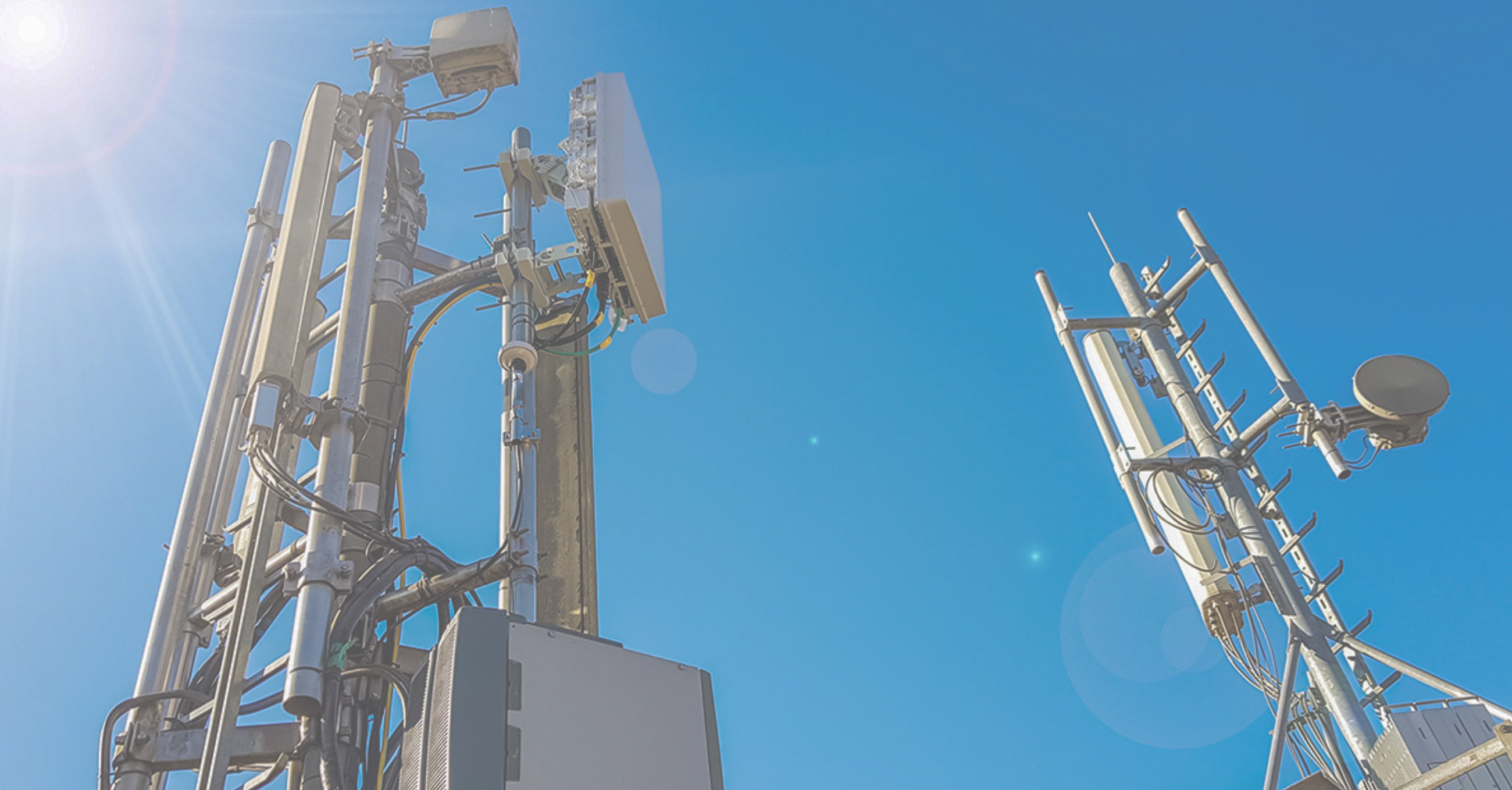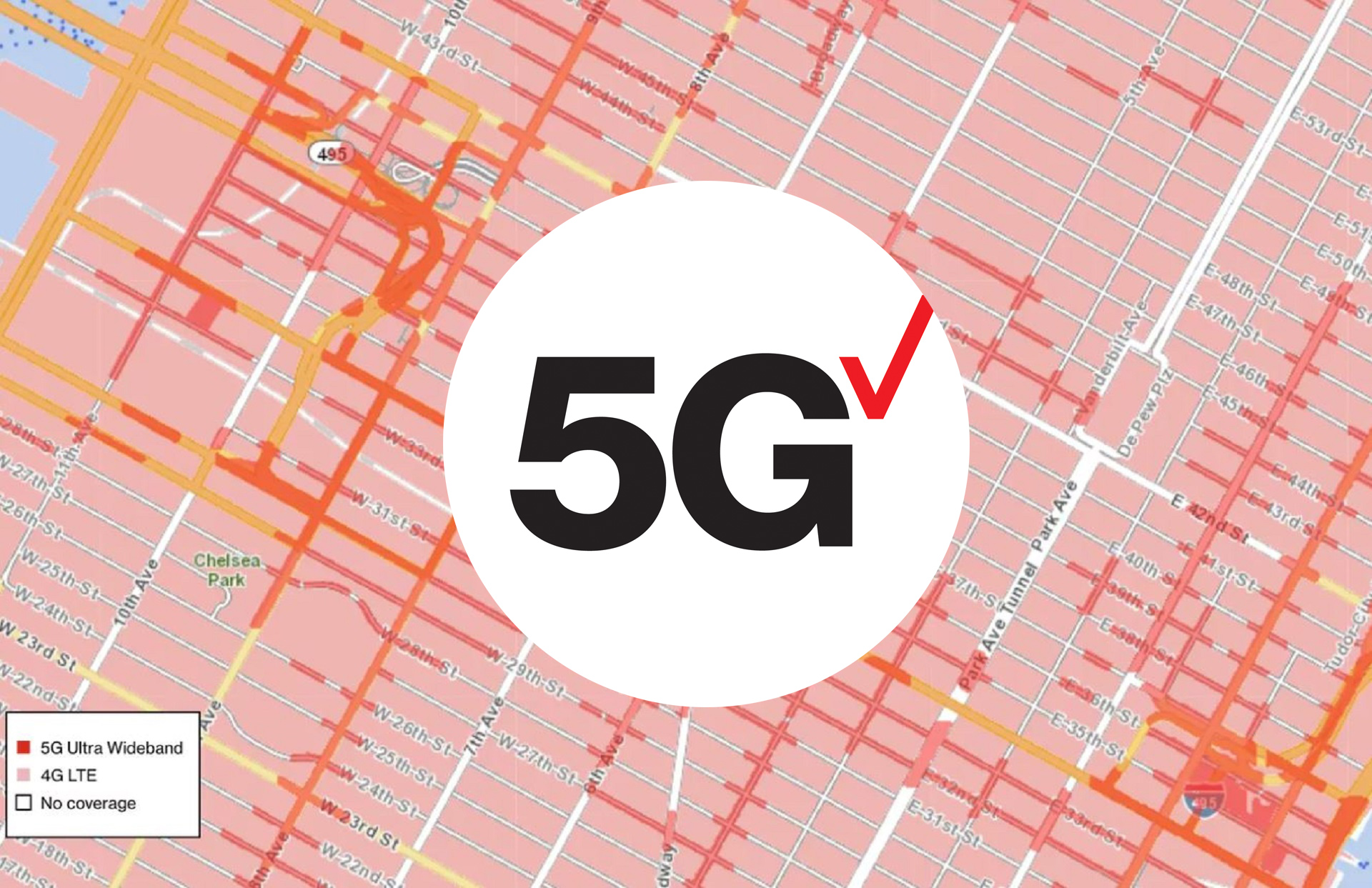If you've ever wandered through a city you might have noticed tiny mini 5G cell towers on street light poles. They look like little boxes however they're actually sending wireless signals from mobile providers to your mobile.
These smaller towers are replacing the larger specially-designed cell towers. While they're not as noticeable however, they could cause issues for users.
It is the of the FCC's Radiation Exposure Thresholds
The FCC's Radiation Exposure Thresholds establish the maximum amount of time a person can be exposed to electromagnetic radiation from wireless devices. The limits for exposure are based on scientific data which show that the energy of RF could be harmful to health.

The rate of absorption called the specific absorption rate (SAR) is a measure of the radiofrequency energy that is absorption by tissues. It is typically 1.6 milliwatts per kilogram spread over a kilogram of tissue.

But, since 5g operates at higher frequencies this could be able to cause greater energy intensity on the skin and other exposed body parts. This could result in many potential harms, including exacerbated formation of skin disorders such as dermatitis and cataracts and skin cancer.
Due to the potential for severe effects of 5g radiation, PSU has chosen to set a general localized power density limit of 4 mW/cm2 measured on 1cm2, and not to exceed 30 minutes, for all 5G services at 3000 GHz. This localized limit is in accordance with the highest spatial-average SAR of 1.6 W/kg, averaged over one grams of tissues at six GHz.
The FCC's Maximum Exposure Thresholds for Maximum Exposure
If you've ever operated a cell phone, you probably know that a safe distance from the tower is around 400 meters away. This is due to the transmitting power of a cell tower increases dramatically the farther you are from it.
While it sounds like something that's good however, people who live close to towers may actually be more susceptible to health problems. For instance, a study conducted in 2014 in India discovered that people who lived within 50m of cell towers had significantly more health complaints than those living further distance from them.
But, the study revealed that those who relocated to areas that were further from cell towers experienced their symptoms improve within a couple of days. Another study has demonstrated that exposure to extreme amounts of electromagnetic field radiofrequency (EMFs) can lead to brain tumors, cancer, and other health problems.
This is due to the fact that radiofrequency radiation, which is utilized in wireless communication, can penetrate the human body's outer layer of skin. It is vital to be aware of this since the skin serves as a protective barrier against injury to the body, infection by pathogenic microorganisms, and entry of toxic substances. The skin is the biggest organ of the human body and is responsible for keeping the integrity of the other organs.
The FCC's Minimum Exposure Thresholds for the Minimum Exposure
The FCC's Minimum Exposure Thresholds rely on numerous assumptions that are not supported by evidence from science. This includes the false assumption that short-term exposures to RF radiation are safe due to minimal penetration into the body (i.e., tissue heating).
This assumption does not take into account the greater penetration of ELF elements of modulated radio signals and the effect of short bursts of heat generated by RF waves that are pulsed. These assumptions are not in line with the current understanding of biological consequences of RF radiation. As such, they should not be relied upon for health-protection exposure standards.
Additionally, the ICNIRP and FCC restrict their maximum radiation limits for local peak SARs that are based on the peak frequency of absorption (psSAR) that is not a sufficient dosimetric tool to assess the amount of exposure to RF radiation. Particularly it is inconclusive when frequencies exceed 6 GHz. In addition, psSAR is not been tested for RF radiation exposed to other environmental agents such like sunlight. In the event of interactions, RF radiations with different environmental agents could produce synergistic or antagonistic results. This could result in an increased risk of negative health adverse effects. For what is a safe distance from a 5g cell tower , exposure to RF radiation with sunlight may cause an increase in the incidence of skin cancer, as well as aggravate other skin diseases such as acne.
